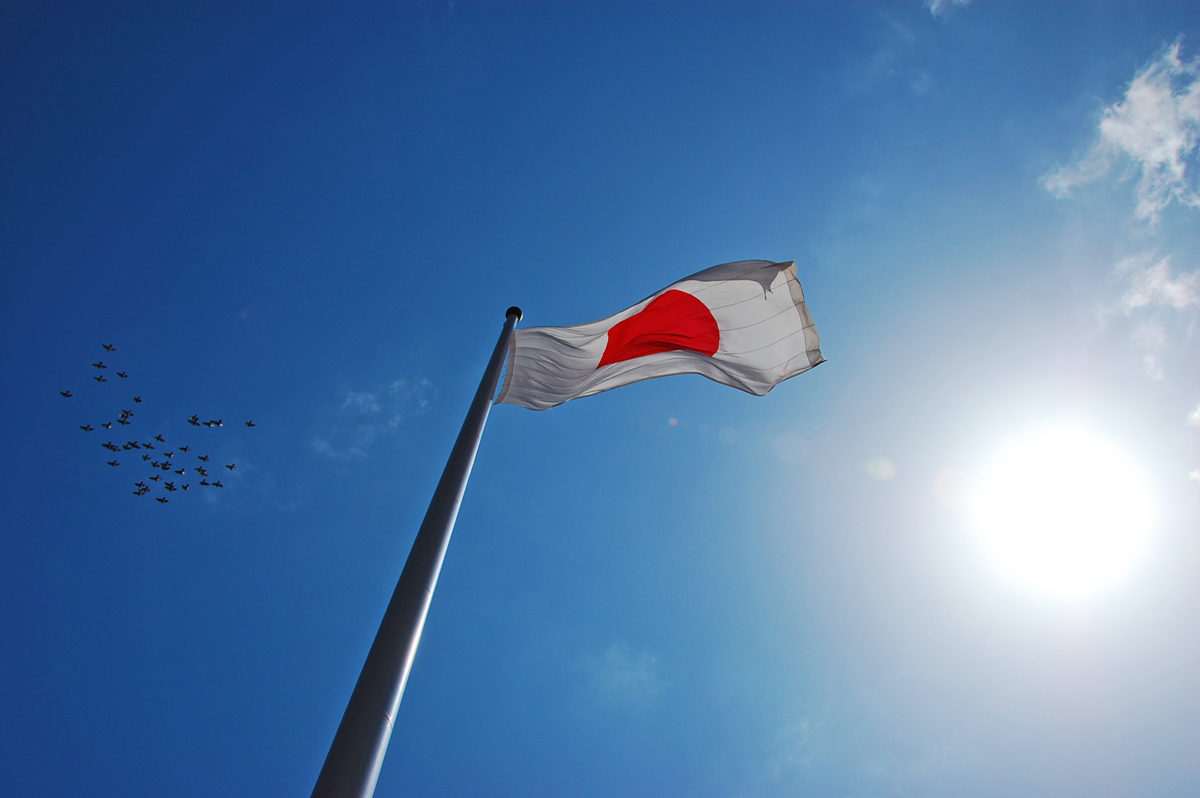The Tokyo-based consultancy believes that the Japanese authorities should aim for growth of approximately 100 GW over the coming decade, to eventually supply about 150 TWh of electricity per year and account for 15% of total national demand. The proposed target is based on feedback from industry players and policymakers.
Under its business-as-usual scenario, RTS expects the country to install 4 to 6 GW per year, which means the government’s current 2030 installation target of 64 GW would be surpassed within the next year or so. At that pace, cumulative nationwide installations would likely reach 121 GW by 2030. However, under the research firm’s accelerated growth scenario, total installations could hit about 70 GW by the turn of this decade, and 153 GW by 2030.
“Cumulative PV installed capacity is expected to exceed 150 GW by 2030, when installation is accelerated by overcoming the grid restrictions, technological development such as storage cost reduction and ease of the regulations,” RTS said. “With the efforts to install 150 GW of PV systems, a stable market of approximately 10 GW/year will be formed to motivate investment in the PV industry.”
It expects residential and small-scale commercial PV deployment to be bolstered by the “steady growth” of new projects in the large-scale industrial and commercial sectors. It expects power demand in several new business areas — including demand from electric vehicles, hydrogen production and the agricultural sector — to drive the addition of as much as 10 GW of new solar capacity to the grid over the next 11 years. By contrast, residential and small-scale commercial demand would facilitate the deployment of up to 80 GW, while demand from the the large-scale industrial and commercial sectors could help bring as much as 60 GW of new PV capacity online.
RTS notes how Japan’s introduction of a feed-in tariff (FIT) system in July 2012 facilitated an installation boom, pushing the nation’s cumulative installed PV capacity from just 5 GW prior to the launch of the FIT to 55.5 GW by the end of 2018. The nation’s cumulative installed solar capacity stood at roughly 49.04 GW at the end of 2017, according to statistics from the International Renewable Energy Agency (IRENA).
The deployment of utility-scale PV projects — which dominated annual installations throughout the height of the country’s FIT regime — continues to decline. RTS expects PV systems below 50 kW in size to account for the bulk of annual installations from 2020 on. Demand for residential rooftop PV arrays below 10 kW is already “growing steadily,” but RTS believes that the 10 kW to 50 kW segment “will form a major market in conjunction with the residential market” in the years ahead.
Popular content
The Japanese cabinet passed the nation’s fifth strategic energy plan last July. The latest version of the plan, which is revised every three years, maintained the government’s energy targets from the previous strategic blueprint. It kept the planned energy mix at the same levels, with renewables to account for 22% to 24% of the nation’s total electricity supply.
According to RTS, Japan’s total electricity demand currently stands at 927.8 TWh, including power consumption by industry, businesses, households and the transport sector. Under its own plan, RTS sees 60 GW of PV powering the manufacturing sector by 2030, to account for approximately 10% of the sector’s total electricity demand. It foresees 80 GW of solar capacity in the residential sector within the next decade, accounting for roughly 20% of total household electricity demand. And it expects up to 10 GW of solar to power the agricultural sector by 2030.
“Realization of local production and local consumption of electricity and self-consumption systems will become a strong flow in the future,” RTS said in its report. “Electricity demand for new applications is not at the stage of forming a concrete market… but PV demand for EV charging and demand as the power source for production of hydrogen, which is regarded as the next generation energy source, are assumed for the time being.”
In January, the Japanese government awarded just 196.6 MW of new solar to developers in the country’s third PV auction, with only 500 MW thus far allocated for development in three auction rounds against a target of 1-1.5 GW. And in February, the Ministry of Economy, Trade and Industry (METI) said that it may reduce FITs for commercial PV systems ranging from 10 kW to 500 kW in size, as the country prepares to to expand the range of projects covered by its relatively new auctions system from 2 MW and above to projects of 500 kW and above. METI is suggesting cutting the FIT for small-scale commercial PV projects from ¥18/kWh ($0.165) to ¥14. However, METI has also postponed its planned FIT cuts for utility-scale projects above 2 MW in size from March 31 to September 30, 2019.
This content is protected by copyright and may not be reused. If you want to cooperate with us and would like to reuse some of our content, please contact: editors@pv-magazine.com.


3 comments
By submitting this form you agree to pv magazine using your data for the purposes of publishing your comment.
Your personal data will only be disclosed or otherwise transmitted to third parties for the purposes of spam filtering or if this is necessary for technical maintenance of the website. Any other transfer to third parties will not take place unless this is justified on the basis of applicable data protection regulations or if pv magazine is legally obliged to do so.
You may revoke this consent at any time with effect for the future, in which case your personal data will be deleted immediately. Otherwise, your data will be deleted if pv magazine has processed your request or the purpose of data storage is fulfilled.
Further information on data privacy can be found in our Data Protection Policy.